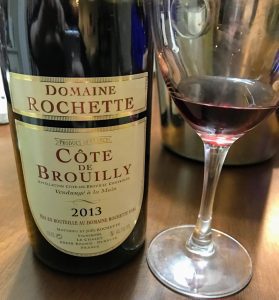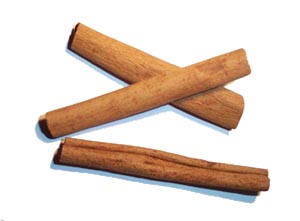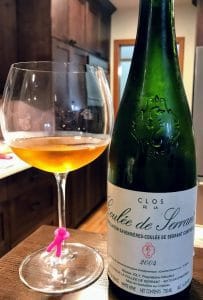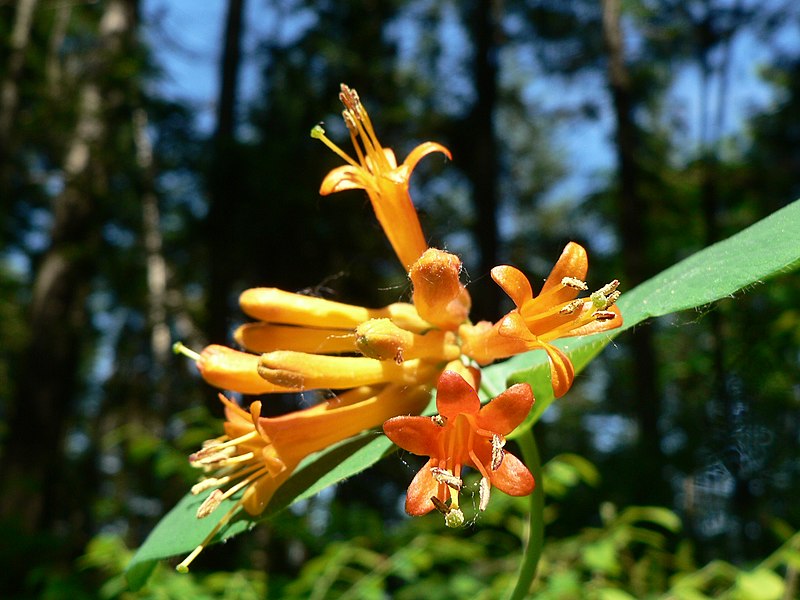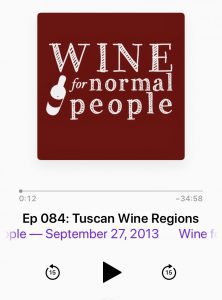
Screenshot from the Wine For Normal People podcast
Outside of blog land, I frequently teach wine classes. As part of my usual prep routine whenever I have a class to write, I’ll fill my Overcast queue with wine podcasts relating to the class. I find that listening to podcasts while cleaning the house, working out at the gym and driving helps submerse me into the topic and compliments my book studies really well.
My usual sources for hardcore geekdom are Levi Dalton’s I’ll Drink To That! (whose episode with Gramercy owner and Master Sommmelier Greg Harrington I featured in a previous Geek Notes) and the GuildSomm podcast hosted by Master Sommelier Geoff Kruth.
However, I’ll also frequently listen to Chris Scott’s The UK Wine Show, Heritage Radio Network’s In the Drink, Jim Duane’s podcast Inside Winemaking and the very first wine podcast that I started with–Grape Radio.
Two newly launched podcasts that are also in my rotation are Wine Enthusiast’s What We’re Tasting and James Halliday’s Wine Companion podcast.
But I’m always on the lookout for more options so if you know of any other great wine podcasts worth checking out, post them in the comments below!
It was while working on an upcoming Italian wine class that I stumbled upon what is definitely going to be a new go-to resource for me–Elizabeth Schneider’s Wine for Normal People podcast.
A Little Background and Why You Should Listen Too

Anyone who shares a disheartening sigh while looking at wine displays virtually dominated by the same 3 big mega-corps is fighting the good fight in my book.
Elizabeth Schneider is a Certified Specialist of Wine and Certified Sommelier who hosts the podcasts with her husband, M.C. Ice. I’m sure there is a story behind the hubby’s stage name but I haven’t came across it yet while listening.
Outside of the podcast, she does speaking engagements, online classes and has an upcoming book Wine for Normal People: A Guide for Real People Who Like Wine, but Not the Snobbery That Goes with It slated for release in early 2019.
Her website also has a super user-friendly list of brands owned by big mega-corps that is worth book marking. As I found in compiling my own list of supermarket wines, this is no easy task to stay on top of so I wholeheartedly support Schneider’s efforts in promoting more knowledge and transparency in this area.
I must confess that when I first read the description of the Wine For Normal People podcast, I thought this would be a bit too beginner for me. It could still be a great podcast that benefits a lot of people who want to dip their toes into the world of wine but I was expecting it to be something more like an updated version of William Wilson’s Wine for Newbies podcast.
But what I quickly found after listening through a few episodes is that Schneider has a fantastic teaching style and approach to wine that serves up ample geeky goodness but balances it by presenting the topic in a digestible manner.
Even for folks like me who have fell down the rabbit hole of wine geekiness, listening to the podcast and paying attention to how she presents her topics is of huge benefit. When we live in a world with a billion+ wine drinkers, one thing that us hardcore wine geeks have to realize is that we really are the minority here. Not every wine drinker aspires to be a Master of Wine or Master Sommelier or even a wine geek. The passion and enthusiasm that drives us to learn more–and to share what we’ve learned–can often be a bit much for many wine drinkers and ends up driving them away back to the comforts of the same ole, same ole.
In the end it is all about balance which, like a good wine, I find well exhibited in the Wine For Normal People podcast.
Plus, there is still plenty of geeky nuggets in each episode like these things I noted in Episode 084 on Tuscan Wine Regions (35 minutes).

Vineyards in Montalcino
Some Fun Things I Learned/Enjoyed From This Podcast
(3:36) I really liked Schneider’s answer to the question of if the French should feel threatened at all by the rise of Super Tuscans using Bordeaux varieties. She talks about the difference in French culture of “closing ranks” versus the in-fighting that you often see among Italian winemakers.
(7:06) Brunello is a relatively recent wine on the Italian wine scene with the particular Sangiovese Grosso clone isolated only in 1888. However, Schneider notes that winemakers as early as the 14th century were aware of the superior quality of wines in the Montalcino region.

The estate of Biondi-Santi pioneered the modern concept of Brunello di Montalcino.
(8:44) Very surprised to hear that only 4 vintages of Brunello were declared during the first 57 years of production after 1888. I definitely want to read more about this and why.
(11:55) This starts a really great discussion on the two zones of the Montalcino region–the northern and southern–with some very useful insights on the different wines produced in the different soil types. Nice tidbit on the winemaking approach of Silvio Nardi who own vineyards in both zones.
(15:24) The uniqueness of the Sangiovese based wines of Carmignano compared to Chianti. Often called “The Original Super Tuscan” due to its historical tradition of using Cabernet Sauvignon but Schneider also notes that Carmignano is distinct for growing Sangiovese on flatter lands whereas the grape usually thrives on higher elevation hillsides. Also of interest is that some Carmignano estates, like in Bolgheri, have Cabernet Sauvignon vines that were grafted from cuttings taken from Chateau Lafite in Bordeaux.
(21:20) Going to have a slight disagreement with the podcast here. After talking about some of the reasons why Chianti has historically been “a hot mess” (quite true!), Schneider encourages people to not really bother taking a chance on Chianti and instead look for wines from the Chianti Classico zone. This isn’t bad advice per se, but it is one of the Magic Beans of Wine that I’ve never been a fan of promoting.

I won’t deny that Chianti’s bad rap is well earned but sometimes there is a needle of a gem within the haystack of fiascos. You have to trust that a good quality producer is not going to put their name on crap.
Yeah, there is lots of crappy Chianti out there. But there is also a lot of crappy Chianti Classico out there as well. Instead of focusing on the region (Chianti vs Chianti Classico), it really should be about the producer–which, to be fair, is a common theme that Schneider makes repeatedly in this podcast. Yet, for some reason, she seems to ignore that a good quality producer of Chianti Classico can also make a good quality Chianti. This Chianti may even be made from grapes grown in the Chianti Classico zone but declassified down to Chianti for various reasons–younger vines, less aging, wanting to have a more approachable and easy drinking bottle at a lower price point, etc.
Sure, the Chianti Classico from that same producer will be the superior bottle but that doesn’t discount the potential value in a bottle of well made Chianti from a reputable producer.
(22:59) Canaiolo nero use to be the main grape of Chianti until the 1870s. Very interesting! I would love to try a varietal Canaiolo.
(24:22) Oooh I love Schneider’s use of different varieties of roses as a vehicle for explaining the differences in Sangiovese’s clones. It’s not easy to explain clones but this metaphor is a good start.
(24:55) This starts a very useful overview of the different sub-areas within the Chianti Classico zone.

While it’s not impossible to envision the Gamay of Beaujolais (pictured) growing in Tuscany, I would probably wager on this being a case of a weird Italian synonym for another variety,
(29:02) Very interesting to hear that some producers of Vino Nobile di Montepulciano have been grafting over to the Chianti Classico clone of Sangiovese–though Prugnolo Gentile still dominates. Also apparently Gamay can be blended in (29:23)!?! I wasn’t aware of Tuscan Gamay so I’m wondering if this is a synonym for another grape like Alicante? Will need to do some more research here.

